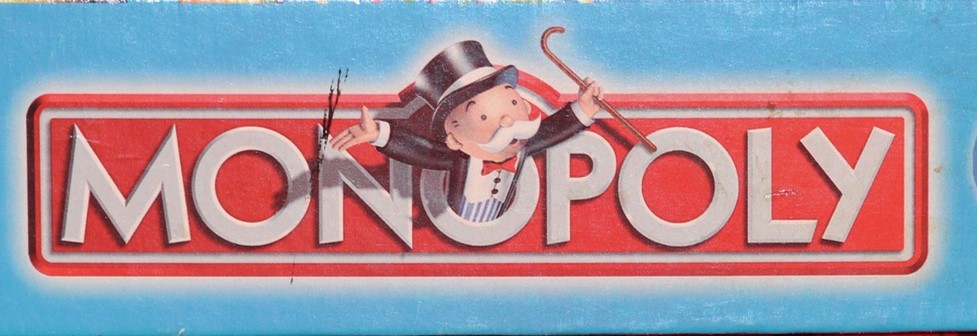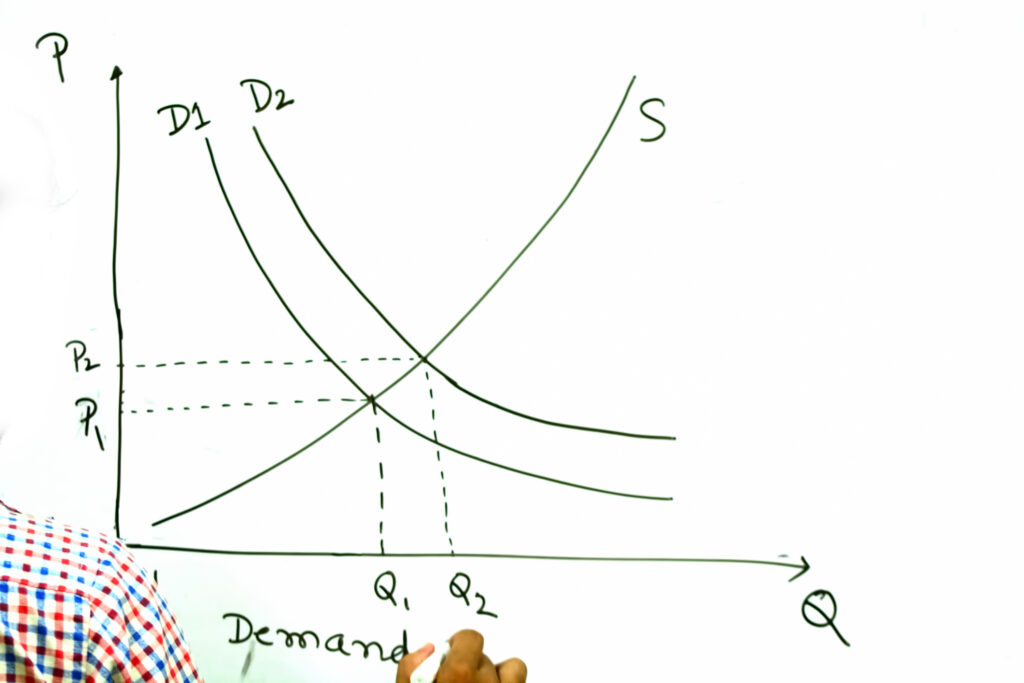
Grades 9-12
Happy EconEdMonth! Celebrate economics all month long by visiting EconEdMonth.org

Don't have an account yet? Sign up for free
Don't have an account yet? Sign up for free


This lesson supports the Theory of the Firm section of the Advanced Placement Microeconomics curriculum. Students will learn in this lesson that the profit-maximization rules for the monopoly are the same as they are for a perfectly competitive firm but the monopoly will produce a smaller output than society would like it to produce.
This lesson appears as Lesson 5 from Unit 3: The Theory of the Firm in CEE's Advanced Placement Economics (4th Edition).
Please refer to the Monopoly, Teacher Lesson.
Students complete Activity 3-15 from the Student Resource Manual, Comparing Perfect Competition and Monopoly.
Not available for this lesson.
Please refer to Monopoly, Student Resource Manual.

Grades 9-12

Grades 6-8, 9-12

Grades 9-12

Grades 6-8, 9-12
